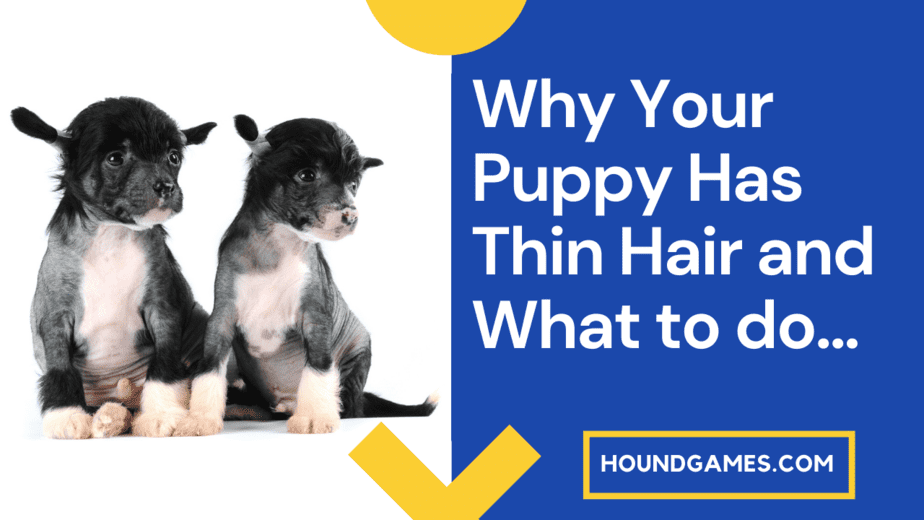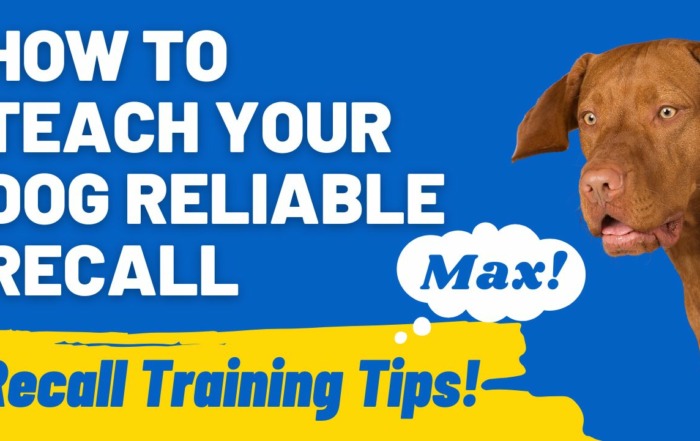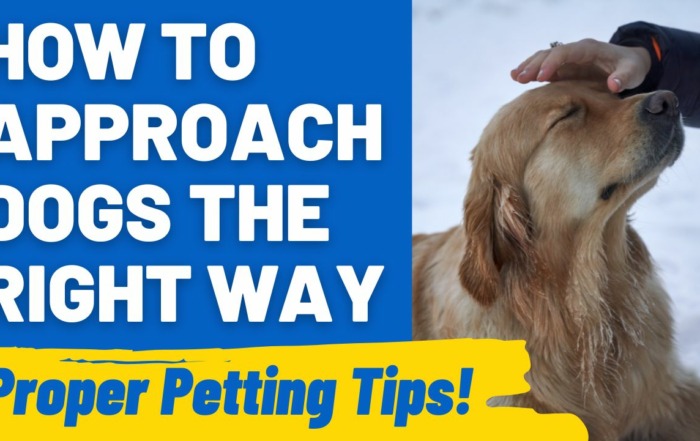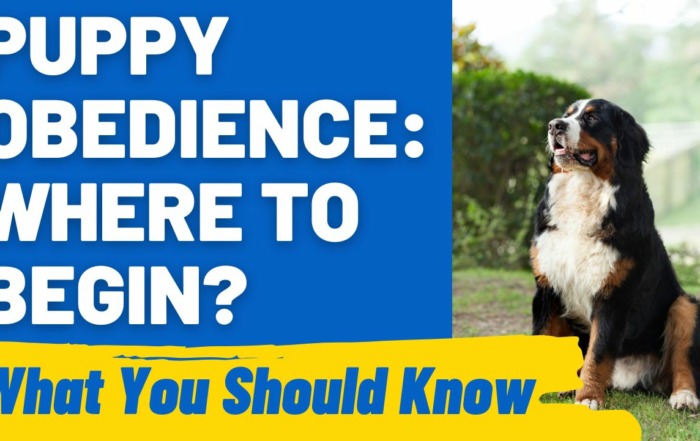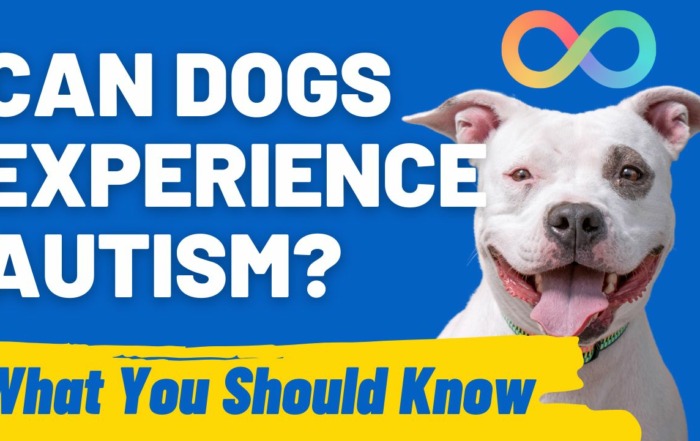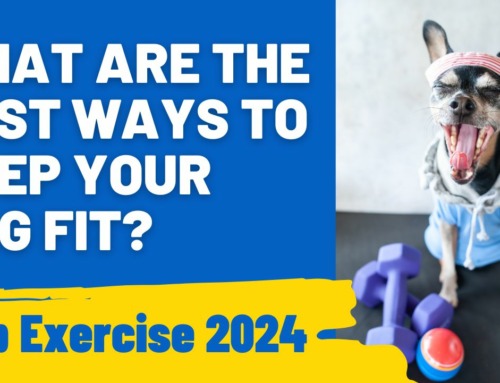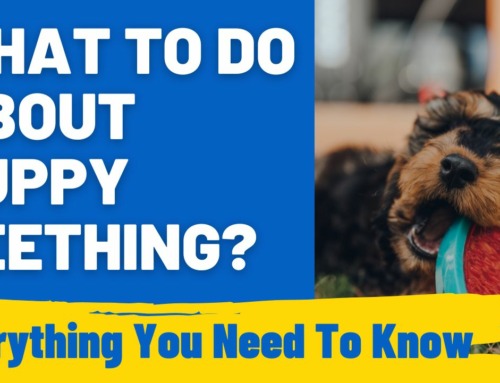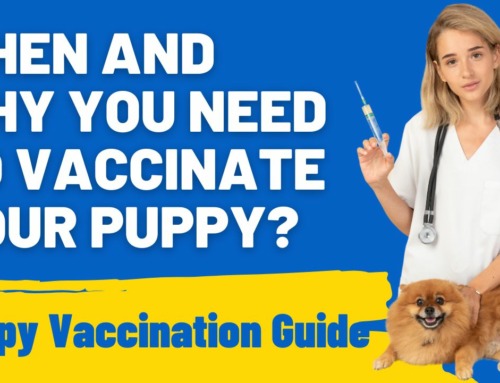Whether you have a glossy, short-haired puppy like a Vizsla or a luxurious double-coated dog like a Husky, a shiny, healthy coat of hair or fur is the first sign of a healthy dog. This is why a puppy with thin hair or fur can cause their owner a lot of distress, particularly if we don’t know the cause. So what may be causing thinning hair on a puppy?
Why does my puppy have thin hair or fur?
There are many potential causes of thinning hair or hair loss in puppies. For the most part, we should always seek medical attention to pinpoint the reason, since this is a symptom that requires a veterinary examination.
Veterinarian Comment
Your veterinarian will perform a full physical examination of your pet and ask specific questions regarding their husbandry. This will allow the vet to obtain a full picture of the health of your dog.
Testing like bloodwork or skin scrapings may be recommended. Some parasites like fleas can be easily visible with the naked eye, whereas other pests like mites require a microscope for identification. Based on the age, weight and history, your veterinarian will come up with an appropriate plan to combat your pups thin haircoat.
Dr Marti Dudley
Some of the reasons for having a puppy with thin hair or fur can include:
- Puppies often lose their puppy coats between the ages of 4-6 months, just like they lose their puppy teeth. For many breeds, this can cause a phase called “the uglies” where coats can be a bit patchy and scruffy. In these cases there is not much you can do but wait for your puppy’s adult hair to come in.
- In some breeds, such as Dobermans, Dachshunds, Greyhounds, Whippets, Silver Labradors, certain Bully Breeds, or Italian Greyhounds, puppies can be born with color dilution dysplasia. This happens in dogs with “dilute” colors, such as blue, fawn, champagne, or cream. They may be born with a normal dilute color coat, but lose hair through folliculitis and hypotrichosis before they turn a year old. This can also happen with black hair follicle dysplasia. In this case, it usually happens earlier to the puppy and they may only lose the parts of their coat that are black.
- Genetics is a huge factor in thinning puppy hair. Some breeds, like Airedale Terriers and Boxers, can lose hair seasonally on their flanks. Other breeds like the Pomeranian can inherit the alopecia X gene, while Spitz-type dogs can lose hair because of clipping. They may also be born with hypertrichosis that will be discussed below. Labrador or Golden retriever puppies that have thin hair on the head or that lose hair around their muzzle are also exhibiting a type of genetic alopecia.
- Disruptions in your puppy’s natural skin microbiome can also cause thinning hair. This can happen for a variety of reasons. Sometimes it may be genetic, or the result of a poor diet, or immune system. Regardless, certain mites, bacteria, fungi, and other microorganisms that are naturally present in your puppy’s skin can get out of control. This is the case for conditions like scabies or mange, where a variety of treatments are necessary to regain follicle health and restore your puppy’s coat.
- Allergies are perhaps one of the most common causes of hair loss, usually because of constant licking and scratching. While it is more common in dogs older than a year, it can happen in puppies, often as atopic dermatitis, or chronic itchy and inflamed skin, paw licking, hot spots and yes, hair loss.
90% of allergies are due to environmental factors like pollen or dust. 10% are food allergies, of which chicken and eggs are some of the most common. Grains can be allergens, but they account for about 0.1% of all allergies, so don’t be fooled by trends in diets concerning allergies.
However, one study does claim that puppies who are fed a nutritionally balanced and complete raw diet are 128% less likely to develop atopic dermatitis as adults.
A common allergic reaction that causes thinning hair in puppies is a reaction to fleas. This is perhaps the easiest issue to remedy, as you can simply check your puppy’s coat for eggs, fleas, or flea dirt and begin a regular routine of tick and flea treatments. Remember to also treat their bedding and any furniture.
- Hormonal issues may also be to blame for a puppy with thin hair. This usually happens in older dogs such as those who have had prolonged exposure to cortisol, causing Cushing’s Disease. It could also be caused by a condition such as hypothyroidism or other endocrine system issues. Nevertheless, prolonged boredom and stress can sometimes be the underlying reason for a puppy to lose hair due to prolonged stress hormones.
- An imbalanced or poor diet is also one of the leading causes of poor coat condition, including hair loss. While no single diet is suitable for all dogs, in general, a diet that is rich in the right ratio of omega-6 and omega-3s, as well antioxidants such as vitamin E, is crucial for a healthy skin and coat. See our infographic below for essential nutrients your dog needs for a healthy coat.
- Seasonal shedding can also be a cause. Even short-haired breeds may lose more hair at certain times of the year. This is completely normal.
Newborn puppy hair loss
In rare cases, a newborn puppy may lose its hair, either soon after birth, or sometimes a few months later. This can happen when their hair follicles have not developed properly and it is called congenital hypertrichosis. It is usually seen in conjunction with other birth defects in organs, teeth, claws, etc.
This is a genetic condition that can only be managed rather than cured.
Will my puppy’s fur get thicker?
In most cases, thin hair in a puppy is treatable. There are a number of steps you can take to encourage your puppy’s hair to grow and thicken:
Step 1. See your veterinarian.
Your vet can help determine the cause of a puppy’s thinning coat. They do skin biopsies or test your puppy for allergens to determine the cause of the hair loss. They can also tell if the hair loss is normal, as when your puppy is losing their puppy coat.
Step 2: Use the appropriate treatment.
If your dog has scabies or mange, or fleas, your veterinarian may prescribe shampoos, antibiotics, and other treatments that you can use to heal your puppy’s coat. Make sure to really invest in your puppy’s treatment to heal their coat.
If the hair loss is caused by allergies, you can begin the process of narrowing down what your dog is allergic to and finding ways to limit their exposure.
Step 3: Improve your puppy’s nutrition
Many skin and coat problems can improve dramatically with a good diet. Keep in mind that homemade diets can lead to serious deficiencies unless they are balanced by veterinary nutritionists. However, there are growing arguments for avoiding overly processed food. Below is an infographic on the most important nutrients for skin and coat health.

However, please remember that not all diets and nutrients are suitable for all dogs in the same quantities. Some breeds like Labradors and Bedlington Terriers are sensitive to copper and it can cause renal trouble later in their lives.
Omega-6 fatty acids should also be properly balanced in a ratio of 4:1 with omega-3s.
Also remember, some essential nutrients such as vitamin E and A do not survive well in the extrusion process and destabilize when they are in storage for a long time. Similarly, fats can also easily go rancid and oxidize and need to be properly stored with a quality natural preservative.
Step 4: Consistent coat management
For some conditions, such as hypertrichosis, you will never be able to cure the problem, only manage it. For dogs with light skin, this will mean using sunscreen any time your dog goes out, as well as frequent moisturizing treatments or other options your veterinarian may recommend.
For other dogs (with the exception of hairless breeds such as the Chinese Crested that will need specific skin maintenance), regular grooming is vital for a healthy, thick coat. This is especially true for double-coated or long-coated breeds since matting can ruin the condition of the hair and also lead to bacterial infections.
Regular brushing also helps evenly distribute the oils in the fur, keeping them from becoming dry and brittle, and breaking.
Where possible, avoid any close clipping or trimming of dogs with double coats or specific grooming needs. Doing this can destroy the quality of their coat and make it impossible to regain the original thick coat that might be typical in the breed. This is especially true for Spitz breeds like Huskies.
Bathing should not take place too often because it can strip your puppy’s natural oils from their skin. But when you bathe them (usually about once a month), make sure to use a gentle, no tears, puppy shampoo. An oatmeal and aloe vera-based shampoo can help soothe their skin and promote a healthy coat.
Finally, remember to minimize stress and keep your puppy engaged in a healthy lifestyle with plenty of exercise to help regulate their hormones and minimize stress-related hair loss.
Can I do something to thicken my puppy’s hair or fur?
There is almost always something you can do to thicken your puppy’s hair. Improving their diet and providing as many natural, fresh sources of B vitamins, protein, omega-6 and omega-3 fatty acids, vitamins E & A and B vitamins can greatly improve your dog’s coat.
A proper grooming regimen is also essential, and if your puppy is losing hair because of a medical condition, a veterinarian can provide you with appropriate treatment options.
For some genetic conditions, there may be no treatment, and then your puppy’s skin will need to be managed throughout their lives. Luckily, this is quite rare.
Also, sometimes puppies do have thinning hair or fur simply because they are losing their puppy coat or going through seasonal changes, and in these cases, the only remedy is patience.
Final thoughts
Having a puppy with thinning hair can be concerning and even upsetting. Unfortunately, there are myriad reasons that this might happen. From hormones to fleas, allergies, or simply losing their puppy coat, hair loss is a mildly common factor.
Luckily, in most cases, thinning hair is treatable if it is a condition, and a healthy diet, lifestyle, and regular coat maintenance should help you regain that thick shiny coat you always wanted for your puppy.
Recall Training Secrets: How to Teach Your Dog Reliable Recall
Teaching a dog recall is not just a basic obedience skill; it's a vital aspect of ensuring the safety and freedom of your beloved pet. Picture this: your dog is playfully chasing after a squirrel [...]
The Joy of Petting: How to Approach Dogs the Right Way
"Can I pet that dog?" is often the first thought that pops into our minds when we see a furry friend wagging its tail. The joy of petting a dog is unmatched, offering both the [...]
Puppy Obedience: Where to Begin? An Introductory Guide
Puppy obedience is more than just teaching commands. It's about nurturing a relationship based on mutual respect and understanding. It lays the foundation for a well-behaved adult dog and ensures a harmonious life together. In [...]
Understanding Canine Autism: Do Dogs Experience It?
Have you ever wondered, can dogs have autism? Autism, a complex condition often characterized by social and communication difficulties, is widely recognized in humans. But when it comes to our canine companions, the idea of [...]

